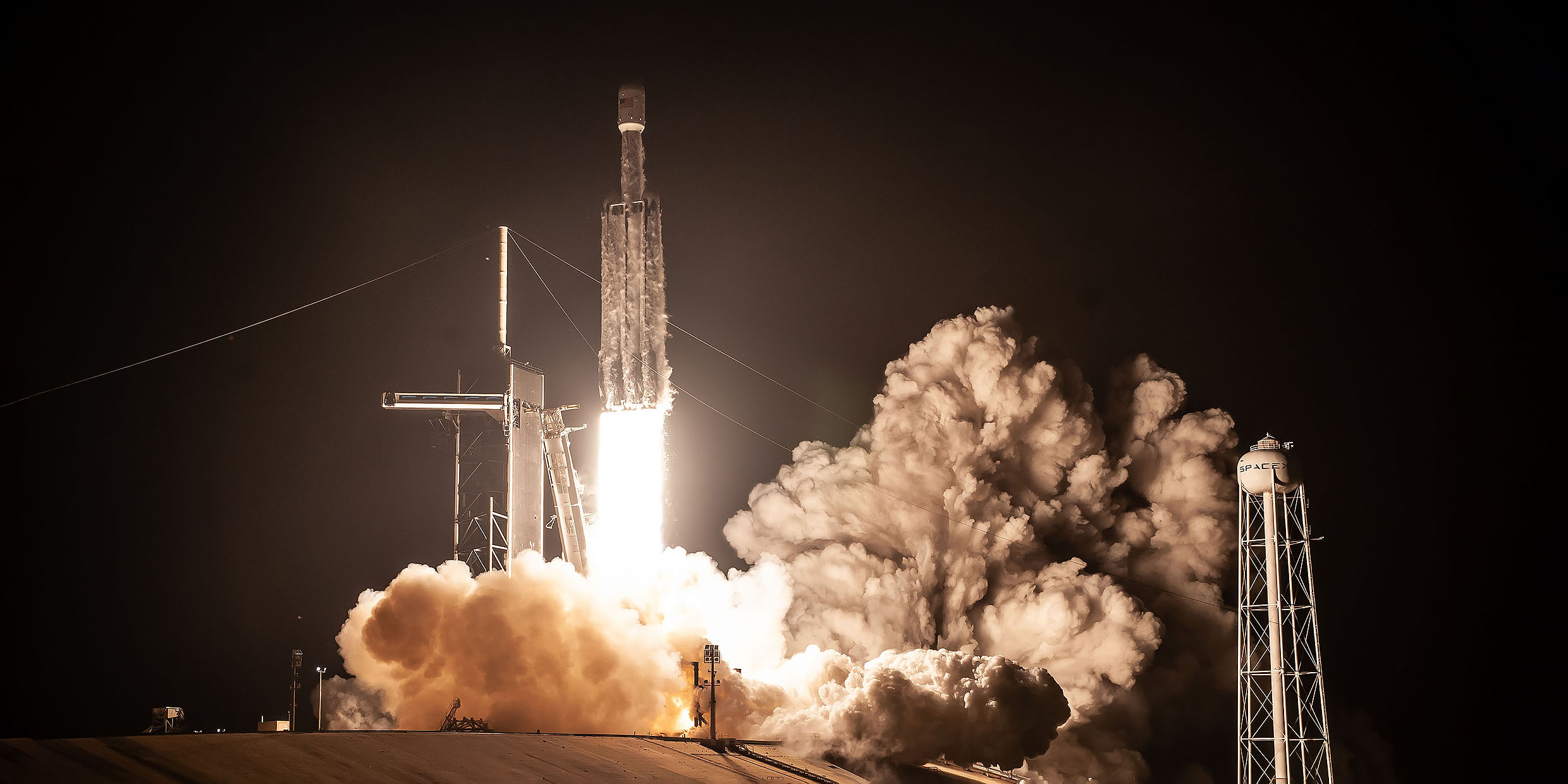Originally published 13 April 1998
Man’s quest for immortality knows no bounds of absurdity.
For several years now, a company called Celestis has been launching into space the cremated remains of any individual whose family is willing to fork out $4,800 for the service, most famously the ashes of Star Trek creator Gene Roddenberry and 1960s pop icon Timothy Leary.
The ashes are contained in capsules attached to the final stages of commercial rockets. They will not remain permanently in space. After some months or years in orbit, the capsules will reenter the atmosphere and harmlessly vaporize, “blazing like a shooting star in final tribute,” says Celestis president Chan Tysor.
Not exactly immortality, but — for a while — a few miles closer to infinity.
Now Celestis has an even more harebrained idea.
The company proposes to launch DNA-laden human hair samples on a spacecraft that will soar beyond the solar system into the space between the stars. This will cost customers a very reasonable $50, considering the possibility that any extraterrestrial civilization that can retrieve the craft will certainly be able to clone the hair donors from their DNA.
The flight will be proceeded by radio transmissions aimed at the stars, informing anyone who is listening that the craft is on its way.
Apparently, a Celestis market survey indicates that upwards of 4.5 million people might avail themselves of this service, which would realize $225 million for the company.
If all goes well, 4.5 million happy customers will enjoy another life on a faraway planet, long after their demise on Earth. It was inevitable that sooner or later entrepreneurs would embrace resurrection of the body as a money-making venture.
But there is also the possibility here of doing some great science.
Scientists are always debating the nature vs. nurture issue. How much of what we are and how we act is genetic, and how much is upbringing? Is there an alcoholism gene? A mathematics gene? A divorce gene? A kindness gene? A grammar gene? A gay gene?
Here at last is a way to definitively answer these questions, by comparing 4.5 million genetic clones raised on a distant planet by an alien culture with the 4.5 million hair donors (now long dead) back on Earth.
Some preliminary work will be necessary before the launch. Each hair donor will need to be exhaustively interviewed, given personality tests, talent assessment tests, medical tests, and so forth. This data will be compiled on laser disks and loaded aboard the spacecraft.
The experiment will require a battery of well-trained social scientists who are willing to be cryogenically frozen and placed in suspended animation in the spacecraft, to be thawed out on the distant planet when the clones are up and about. This may be thousands or even millions of years in the future, but the quest for scientific knowledge knows no limits in space or time, and some scientists will surely be eager to bask in the glory of this epic experiment .
Thawed out by an alien race, our intrepid researchers will don their white lab coats and go to work, interviewing and testing the clones, looking for points of convergence or divergence with their terrestrial counterparts.
Alien scientists will undoubtedly take an interest in this heroic enterprise. Presumably they, too, spend countless hours debating nature vs. nurture, and here on their doorstep are the equivalent of 4.5 million feral children — a behavioral scientist’s dream come true!
But, heck, why do we need to go all those light-years to do the experiment? Our quest for immortality is so great that terrestrial scientists should have no trouble collecting two hairs from millions of persons, and maybe even get the donors to pay for the privilege. Within a few years, we will have the ability to clone humans from their DNA. Matched sets of millions of clones can be raised in separate compounds and compared.
No longer will researchers have to do their nature-vs.-nurture experiments with small groups of identical twins. The statistics in the new experiments will be overwhelming, the conclusions compelling.
OK, OK, that’s clearly impractical. There are insurmountable ethical issues with scientific experiments using human subjects.
Which brings us back to Celestis and their peculiar brand of anything-goes capitalism.
Take a look at their web site (www.celestis.com) for a glimpse of the technology of immortality. So far, the site is mostly devoted to the company’s two previous launches of cremated remains, complete with photos of rockets heading for the Pearly Gates. Another launch of ashes into Earth orbit is scheduled for July.
The proposed DNA-to-the-stars launch is called Encounter 2001: the millennial voyage. “[It] is the first opportunity for all of us to reach out beyond our solar system with our dreams, thoughts, and essence,” says Charles Chafer, chief officer of the program.
Essence? If the Celestis hairs-in-space adventure is as close as we’ll ever get to immortality, the question inevitably arises: Will there be baldness in Paradise?
Celestis, operating since 1994, have placed payloads of human remains on at least a dozen space flights. None to date, however, have been sent to deep space. ‑Ed.



